arts and entertainment: film
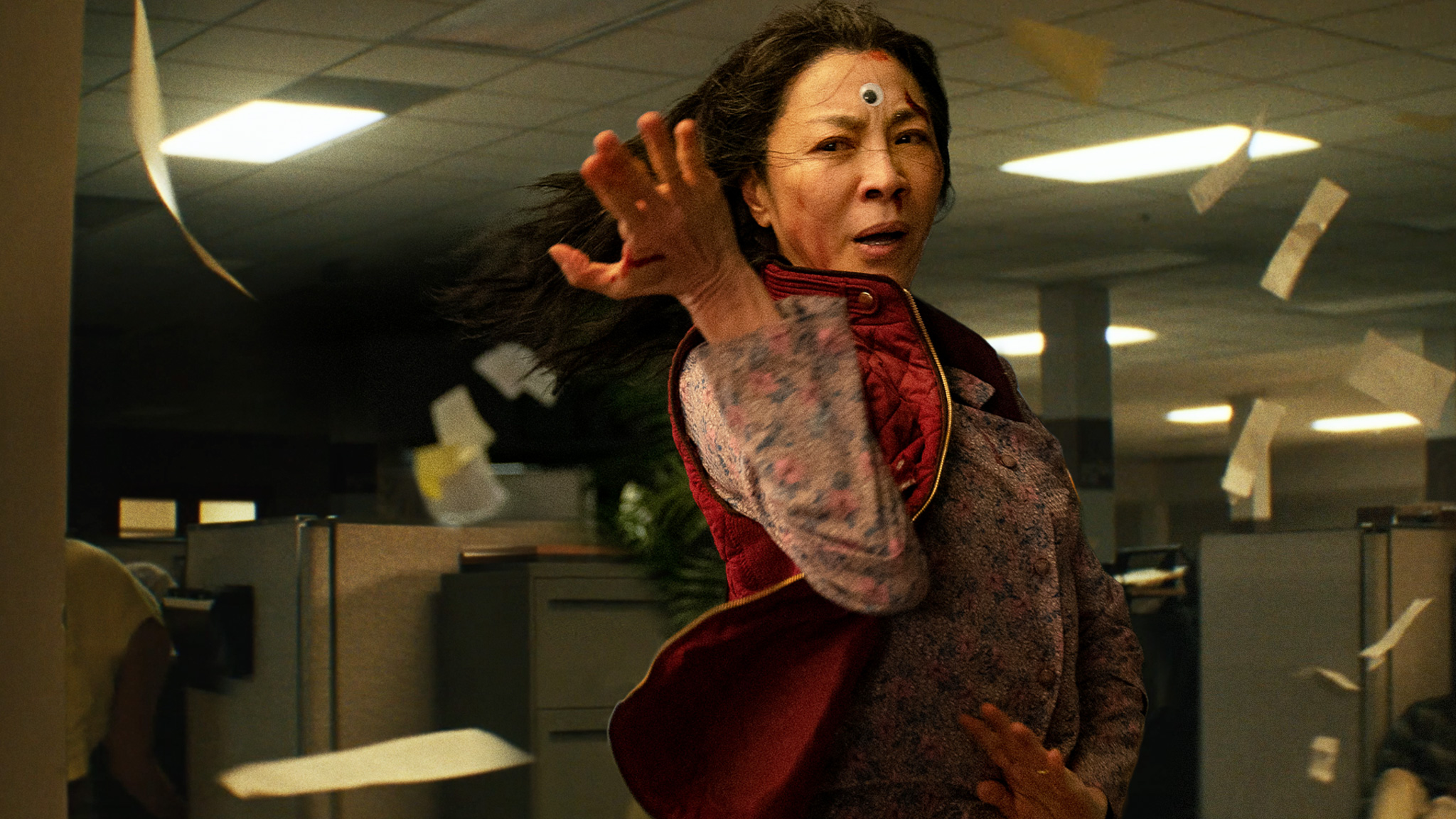
Quantum physicists and creatives alike are fascinated by the prospect of the multiverse, where infinite versions of ourselves exist across parallel realities. Maybe one of these versions has learned kung fu, maybe another works in a restaurant, maybe another is getting a divorce. Reaching into the multiverse to commune with these identities brings endless possibility, conflict, or even madness.

Plug into the virtual world of the 2022 CU Film Showcase: red curtains and seats frame a virtual screen, attendees can join a virtual concession stand with a click, and sound effects substitute live applause and cheers. This year’s CU Film Showcase, hosted by the University Life Events Council, simulated a real theater experience for nearly 50 participants.
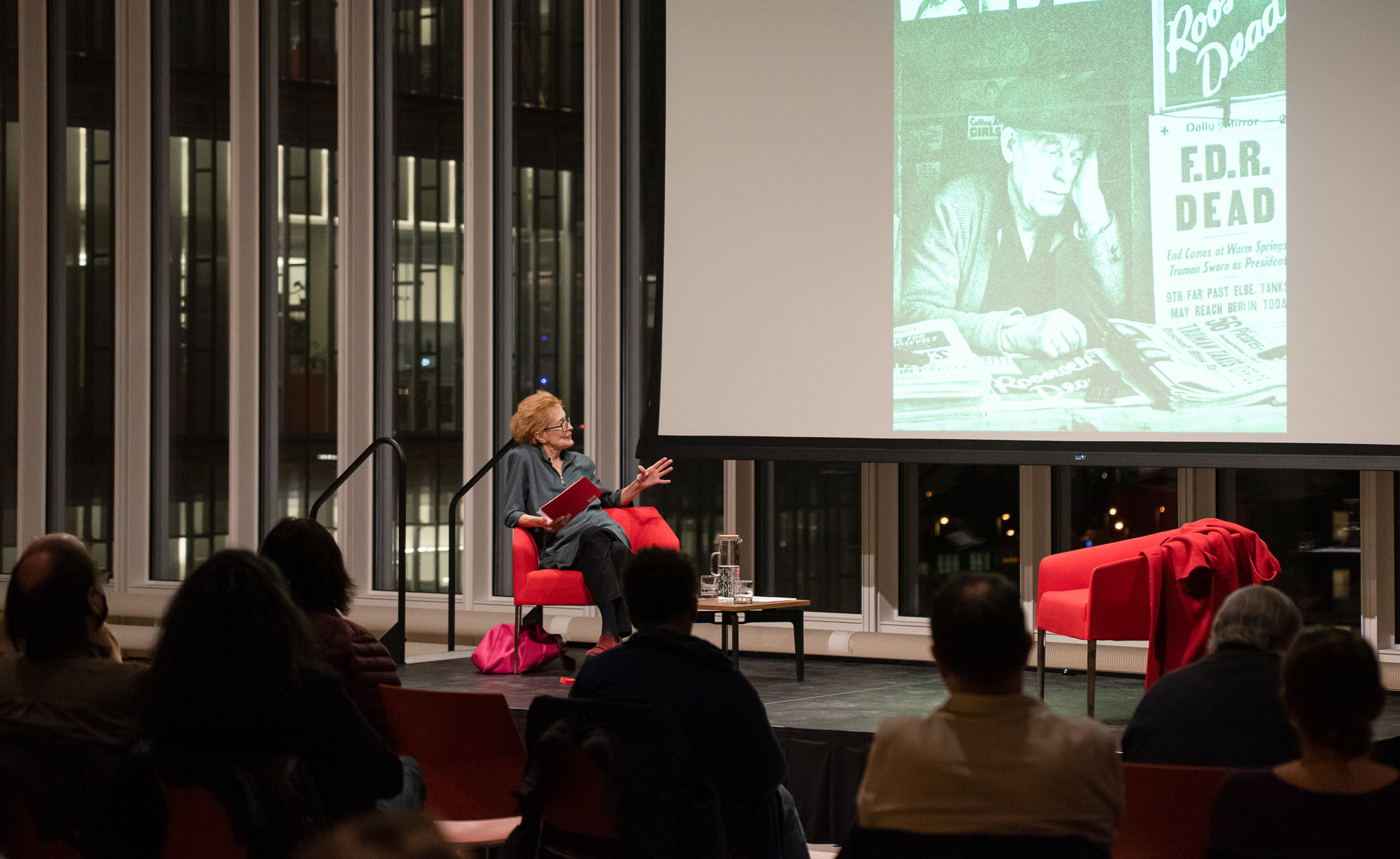
Beyond its pronounced shadows and smoky interiors, film noir is noted for its depiction of pariahs, figures hounded by injustice and operating on the fringes of a morally bankrupt society. Outcast characters like these, who became hallmarks of the genre, are a special point of interest for the Third Annual Dr. Saul and Dorothy Kit Film Noir Festival, screened on Columbia’s campus.

“At age six, more than twenty years ago, scrolling through the book spines [at a bookstore], my young eyes were distracted by a small black and white television set in the corner,” actress Morgan Saylor, GS ’23, wrote. “‘How do I get inside those stories?’” she asked her mother.
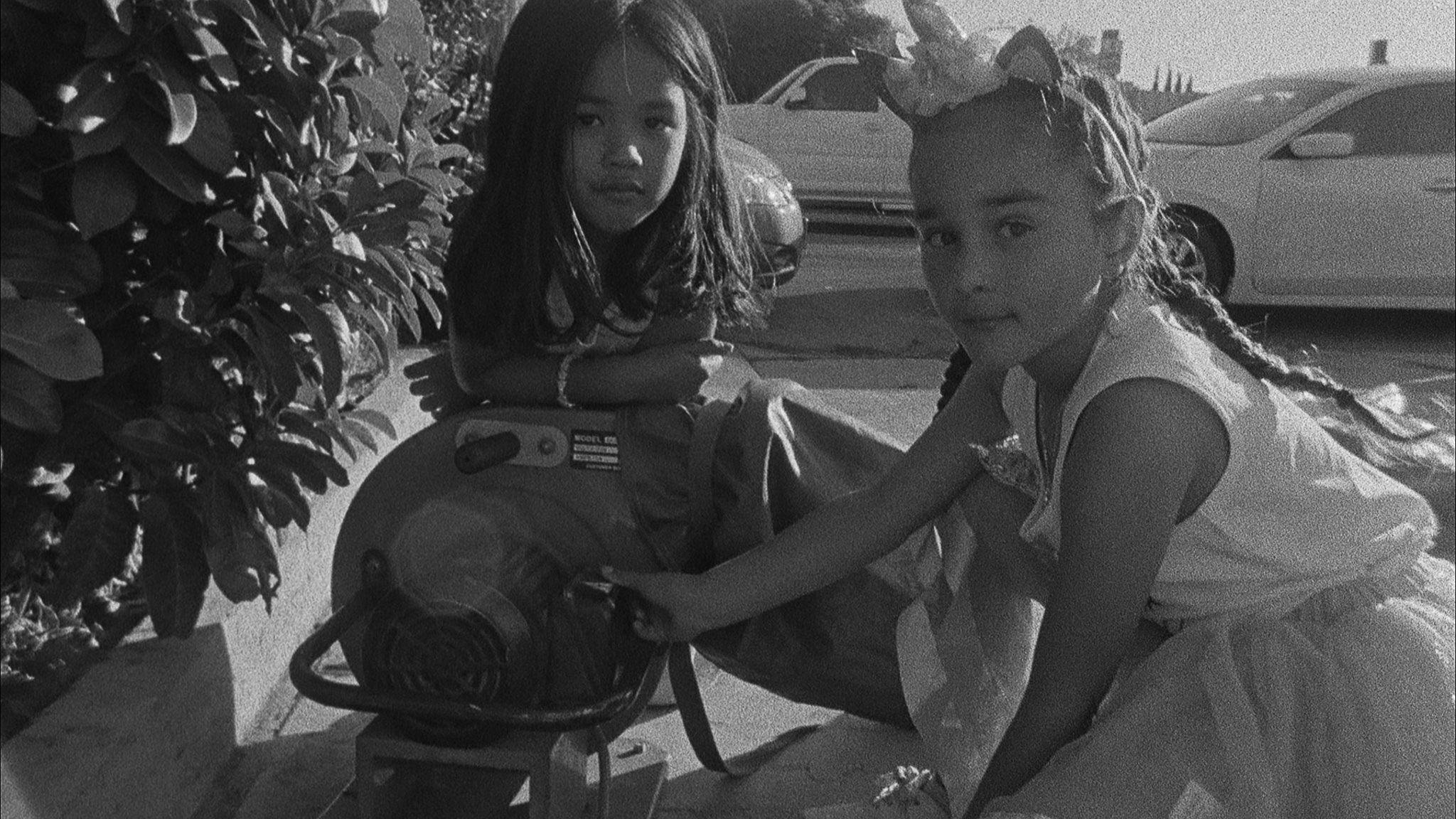
The 2022 Athena Film Festival featured three different short film programs. Short Film Program III included seven films by women directors from around the world, united by themes of youth, activism, and maternity.
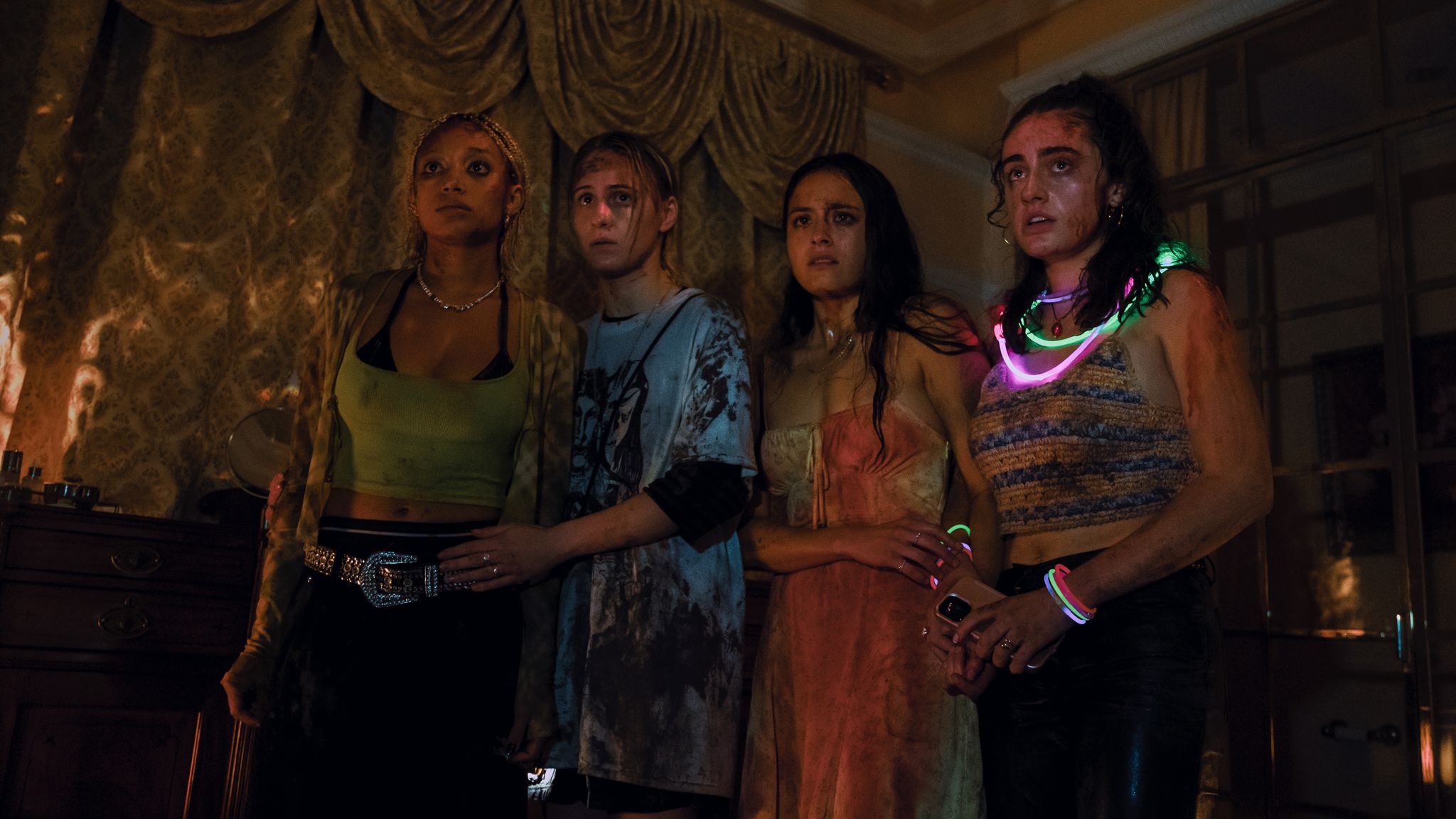
According to much of cinematic canon, female “coming of age” takes place around age 16. There are classic signifiers—a girl learns to drive, has a mediocre sexual experience with the intimidatingly cool boy, or gets drunk on strategically “borrowed” liquor—and then, instantly, adulthood is upon her!
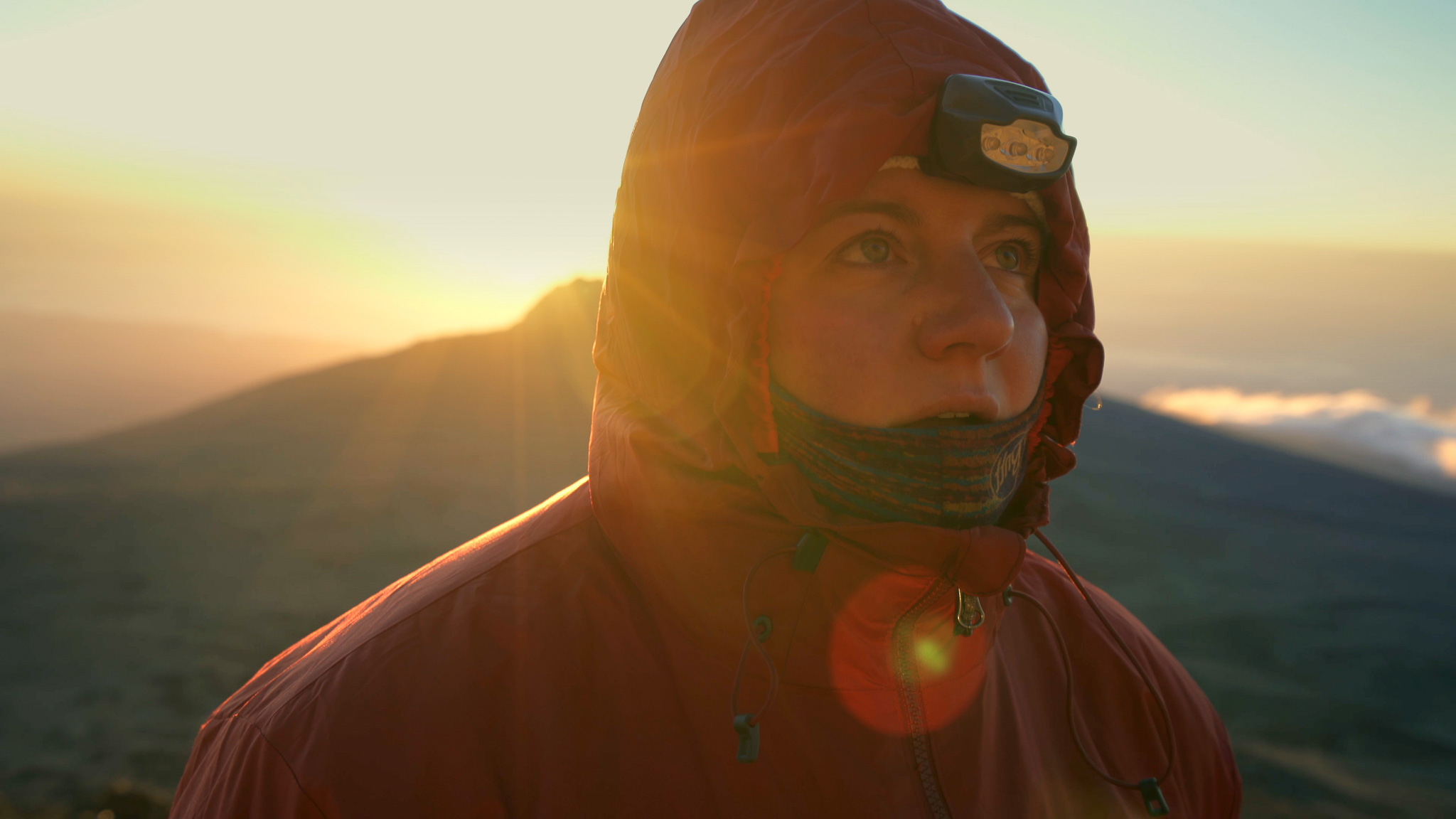
When a dilapidated bus pulls up at the base of Mount Kilimanjaro, the excitement emanating from the van is palpable. Nobody knows who will make it to the summit and who will be defeated by the thin air and biting cold. They yearn not just for personal glory, but to prove their worth to all who doubted the resilience of plus-size athletes.
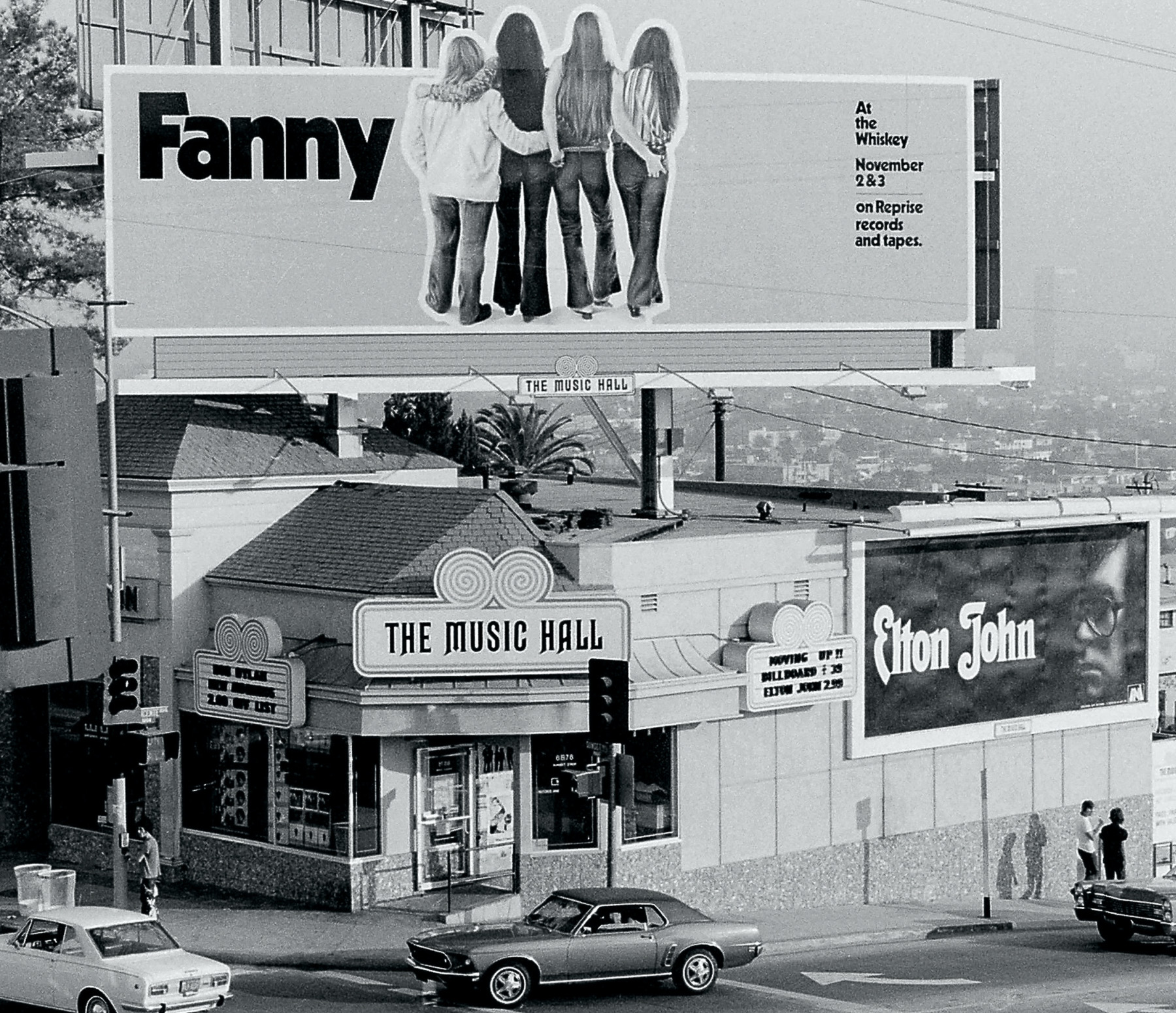
A cursory Google image search of 1970s rock bands yields unsurprising results: men with shaggy hair, clad in obnoxiously flared bell-bottoms and a cool denim or leather jacket with a smattering of thick mustaches bedecking a few upper lips. There are scarcely any women on the entire first page of results, a disappointing yet expected outcome considering rock music’s historical association with men and the resulting lack of female representation in the genre.
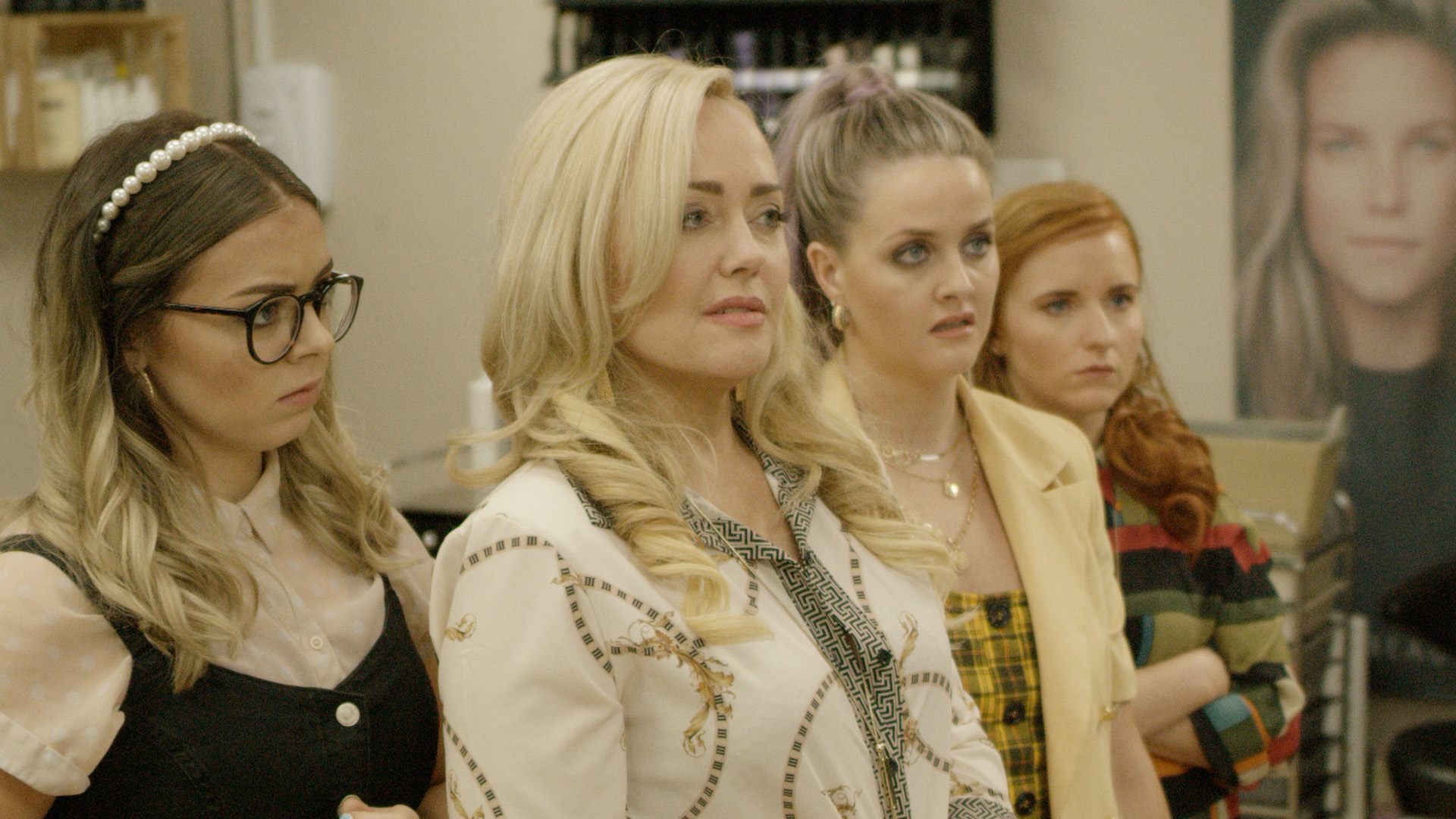
A gang rules over the North Dublin town of Piglinstown, Ireland. The town council would rather shut down the local shops than deal with the gang. The gang threatens the women of Piglinstown’s Deadly Cuts and vandalizes their salon, graffiting the walls and smashing the windows. However, the hairdressers won’t let anything dampen their spirits while preparing for the televised hairstyling competition “Ahh Hair”—even as they cut something very different.

In the first few frames of the 2021 documentary “Pure Grit,” director Kim Bartley follows a young Shoshone horse racing champion named Sharmaine as she hikes into the “no man’s land” of the Wyoming wilderness to hunt elk at dawn. Life in the Wind River Basin, viewers soon learn, is not for the faint of heart. Sharmaine tracks and shoots a doe, slings the bloody carcass over her back, and tells the viewer: “In life you have to work for everything just to get what you want.”

